If you've ever walked into a gym and stood in front of a rack of barbells wondering how much does this bar even weigh?, you're not alone. Whether you're a beginner just starting your strength training journey or someone looking to upgrade your home gym, knowing how heavy a barbell is—with or without weights—is fundamental to training safely and effectively.
Standard vs. Olympic Barbells: What’s the Difference?
The first step is understanding the type of barbell you’re dealing with. Not all bars are created equal, and the weight can vary significantly depending on the bar’s purpose.
-
Olympic Men’s Barbell: Weighs 44 lbs (20 kg). This is the standard bar used in most gyms and competitions. It’s 7.2 feet long and designed to handle heavy loads—often up to 1,000 lbs or more.
-
Olympic Women’s Barbell: Weighs 33 lbs (15 kg) and is slightly shorter and thinner, making it easier to grip, especially for those with smaller hands.
-
Training or Technique Bars: These lighter bars weigh 10–25 lbs and are used mainly for learning form before progressing to heavier loads.
-
Standard Barbells (Non-Olympic): These vary more widely in weight, typically ranging from 15 to 35 lbs, depending on the brand and length.
If you’re lifting at home and your bar isn’t labeled, a quick search or a scale can help determine whether you’ve got a 20 kg Olympic bar or a 15 lb standard bar.
How Much Does a Barbell Weigh Without Weights?
Many people think the plates do all the work, but the bar alone is a significant part of the total load. When tracking your progress or following a training program, always account for the weight of the barbell itself.
Here’s a quick breakdown of common bar types and their average unloaded weights:
| Bar Type | Weight (lbs) |
|---|---|
| Olympic Men’s Bar | 44 lbs (20 kg) |
| Olympic Women’s Bar | 33 lbs (15 kg) |
| Standard Barbell | 15–35 lbs |
| EZ Curl Bar | 10–25 lbs |
| Trap Bar (Hex Bar) | 35–65 lbs |
| Safety Squat Bar | 60–70 lbs |
How Heavy Are Weight Bars for Home Gyms?
Home gym setups often use non-Olympic bars or specialty bars, and weights can vary. For example:
-
Straight bars often weigh around 20–30 lbs.
-
Curl bars (used for bicep work) may weigh just 10–15 lbs.
-
Compact bars for small gym spaces can weigh as little as 5–10 lbs but may not support more than 100–150 lbs of total weight.
From personal experience building my own home gym, I made the mistake of assuming all straight bars were 45 lbs. Turns out, my first bar was a standard 30-lb bar with a lower weight capacity. That miscalculation led me to unknowingly lift lighter than I thought for months. Lesson learned: Always weigh your bar or check the specs before loading plates.
How Much Weight Can Barbells Handle?
Aside from the weight of the bar itself, its capacity is just as important—especially if you're progressing into heavier lifts:
-
Olympic bars can usually handle 1,000–1,600 lbs.
-
Standard bars may max out between 300–600 lbs, depending on build quality.
-
Trap bars and specialty bars often support between 500–800 lbs.
Always check the bar’s load rating before attempting max lifts. A bent bar is not just useless—it’s dangerous.
Final Thoughts: Know Your Equipment, Know Your Lift
Understanding barbell weight might seem like a small detail, but it’s foundational for consistent and safe progress. Whether you're asking “how heavy is a barbell without weights?” or comparing different types, being accurate helps you train smarter.
If you're lifting at a commercial gym, ask staff or look for engraved markings on the bar ends. At home, invest in a reliable digital scale to confirm the weight of any unfamiliar bar.
After all, progress is built on precision—and it starts with knowing exactly what you’re lifting.




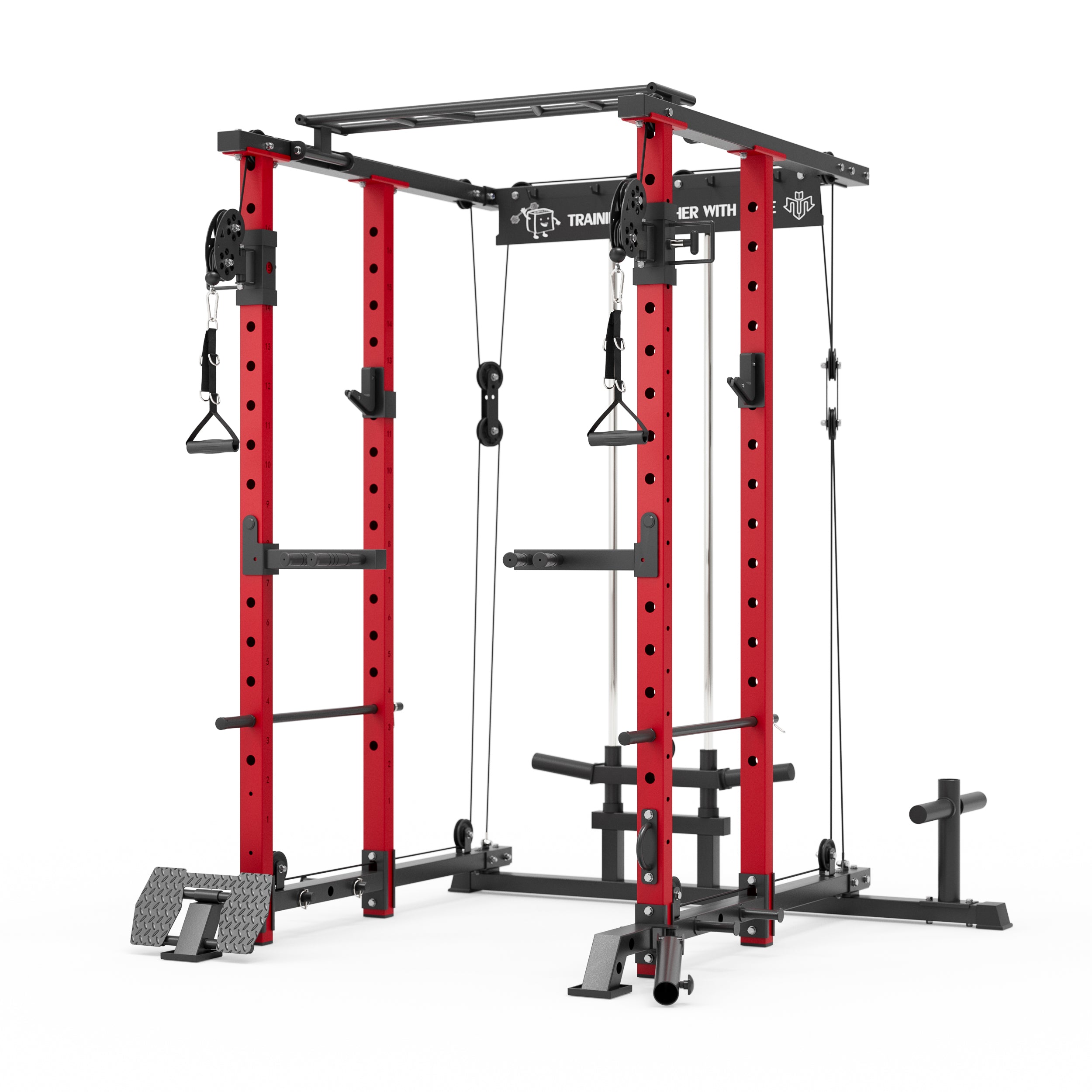


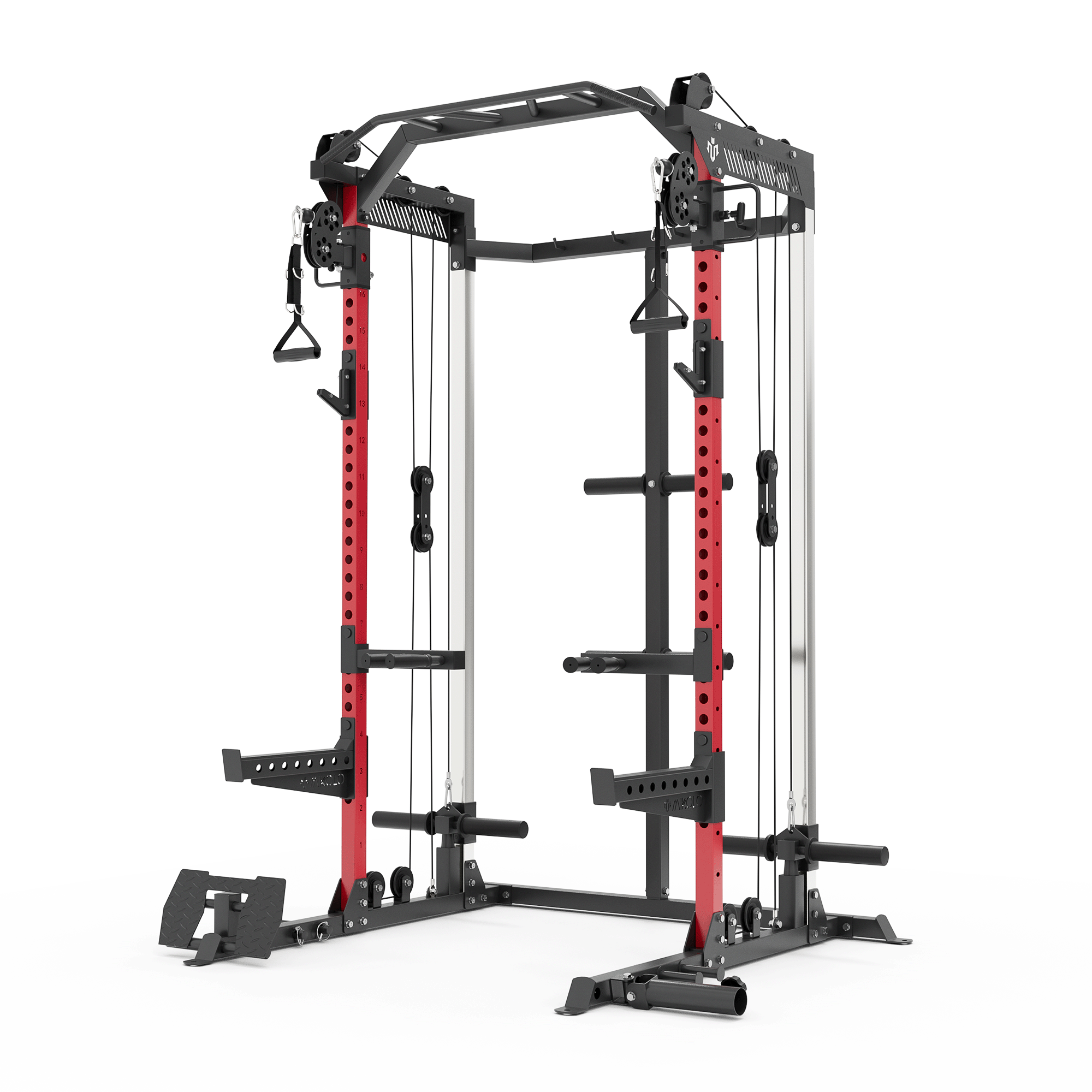



















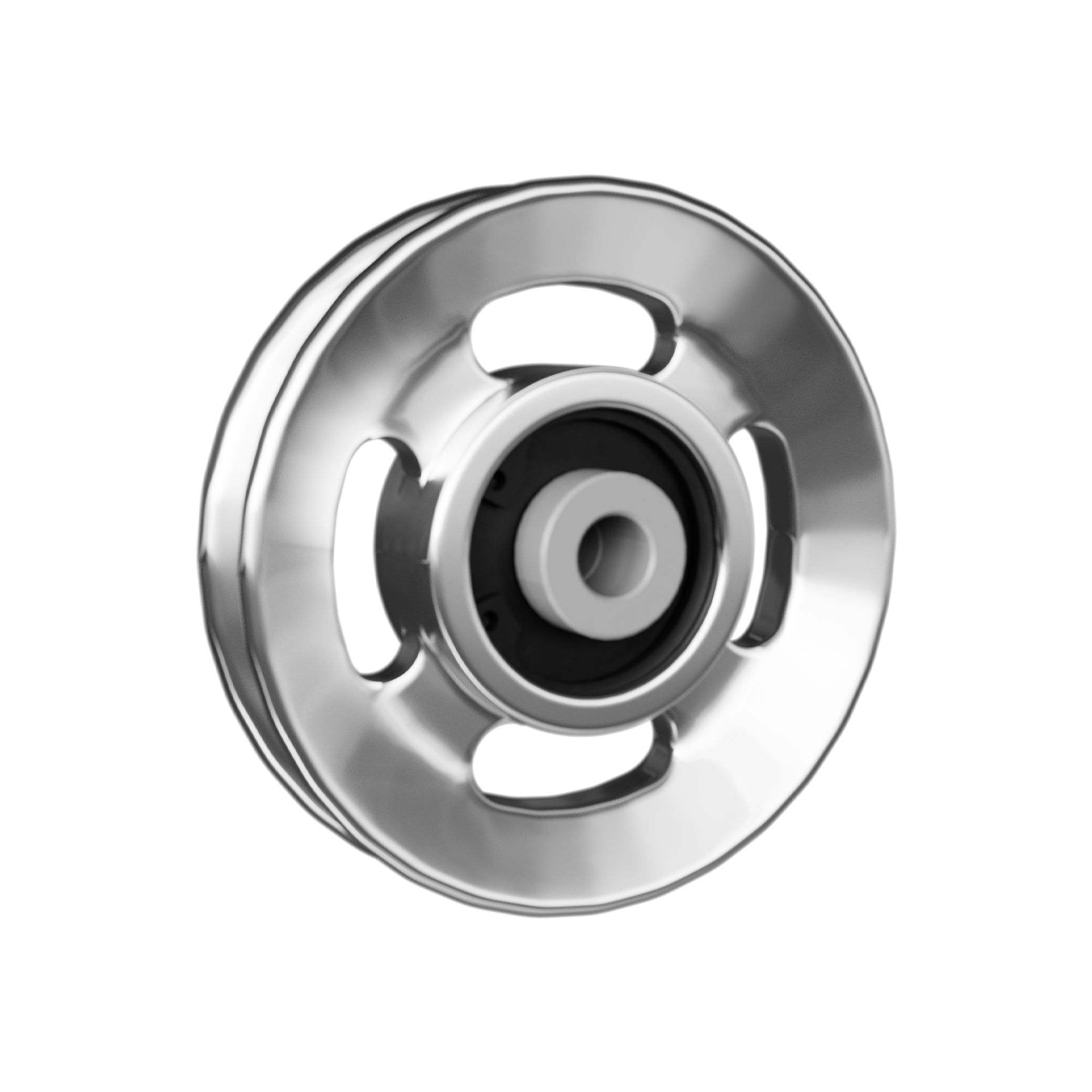



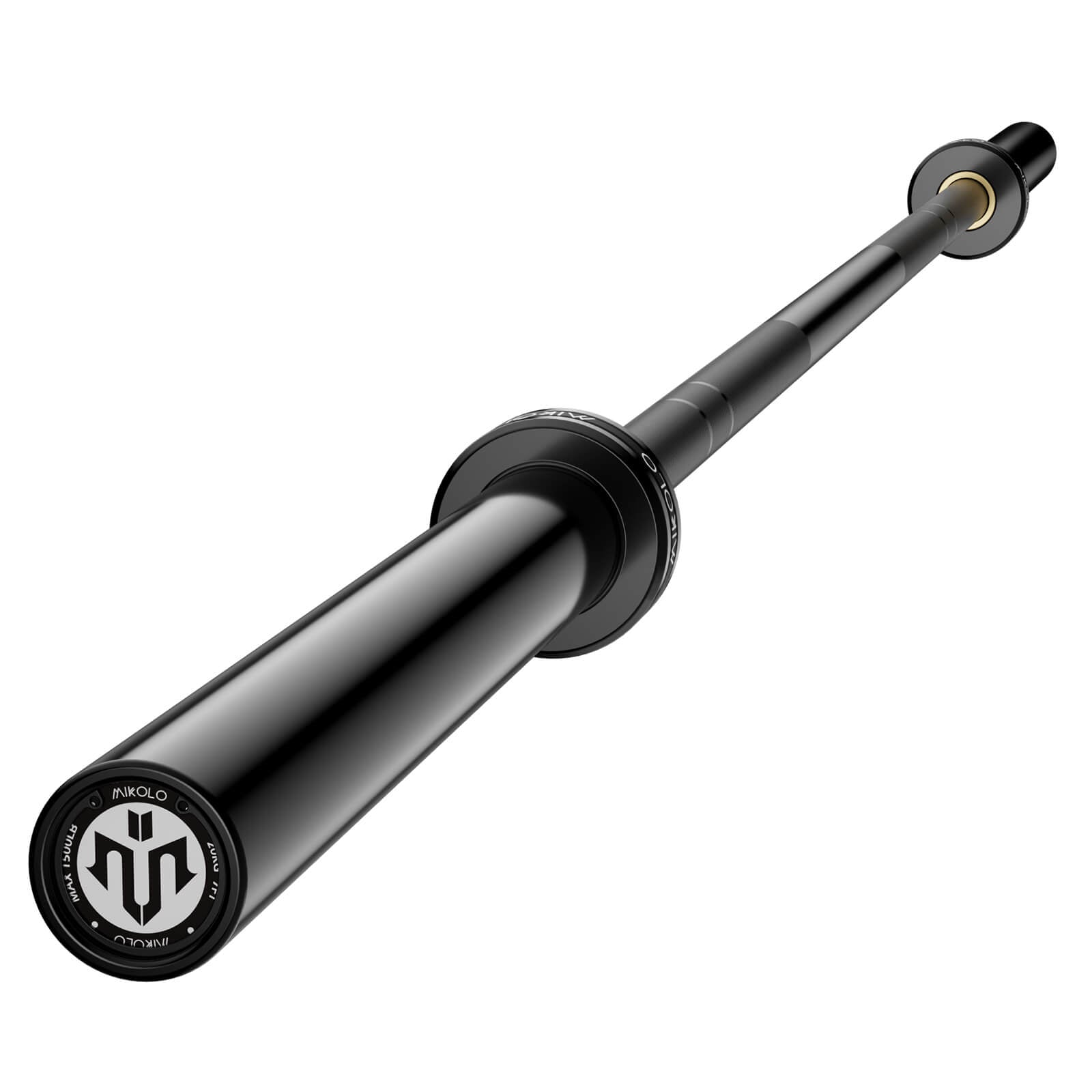









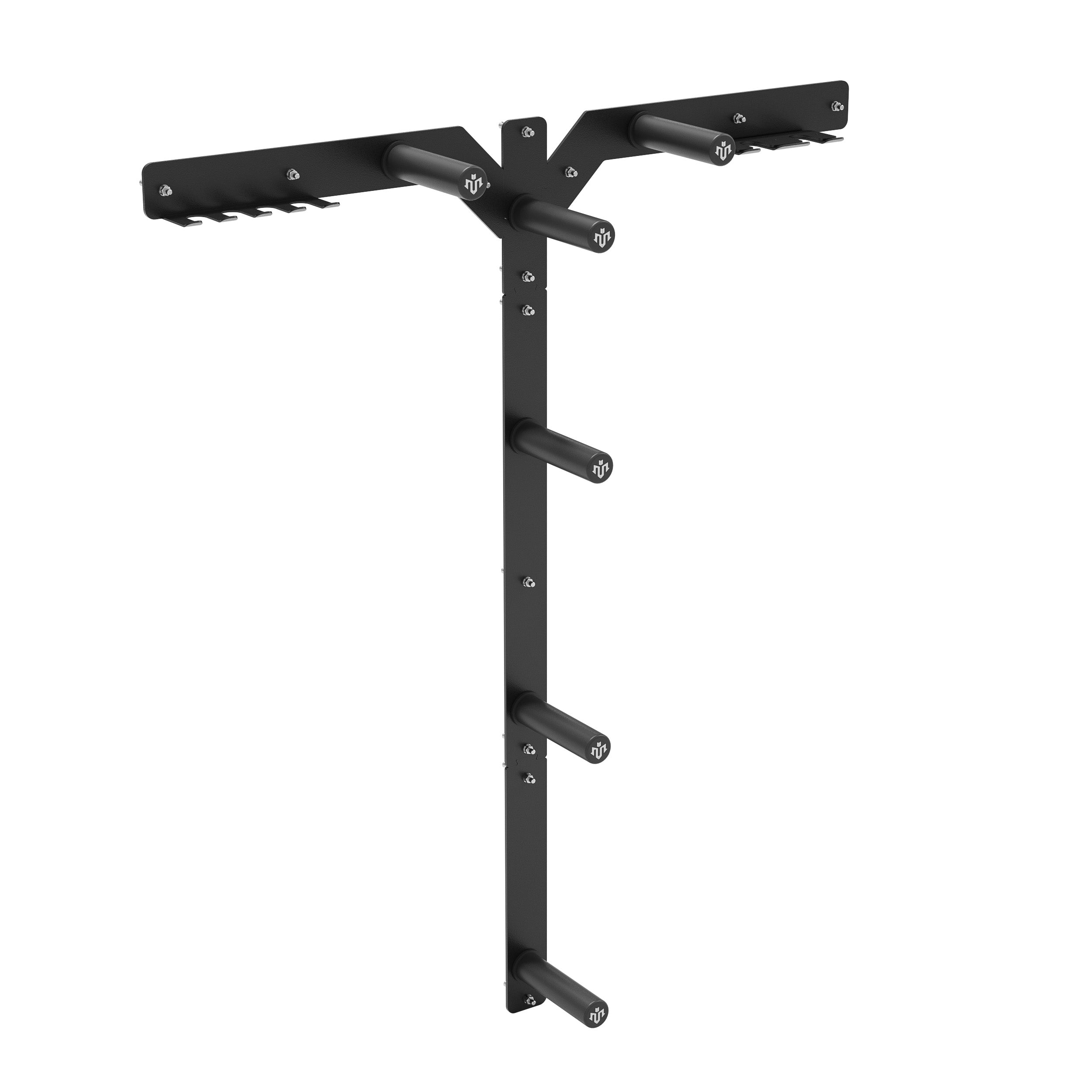





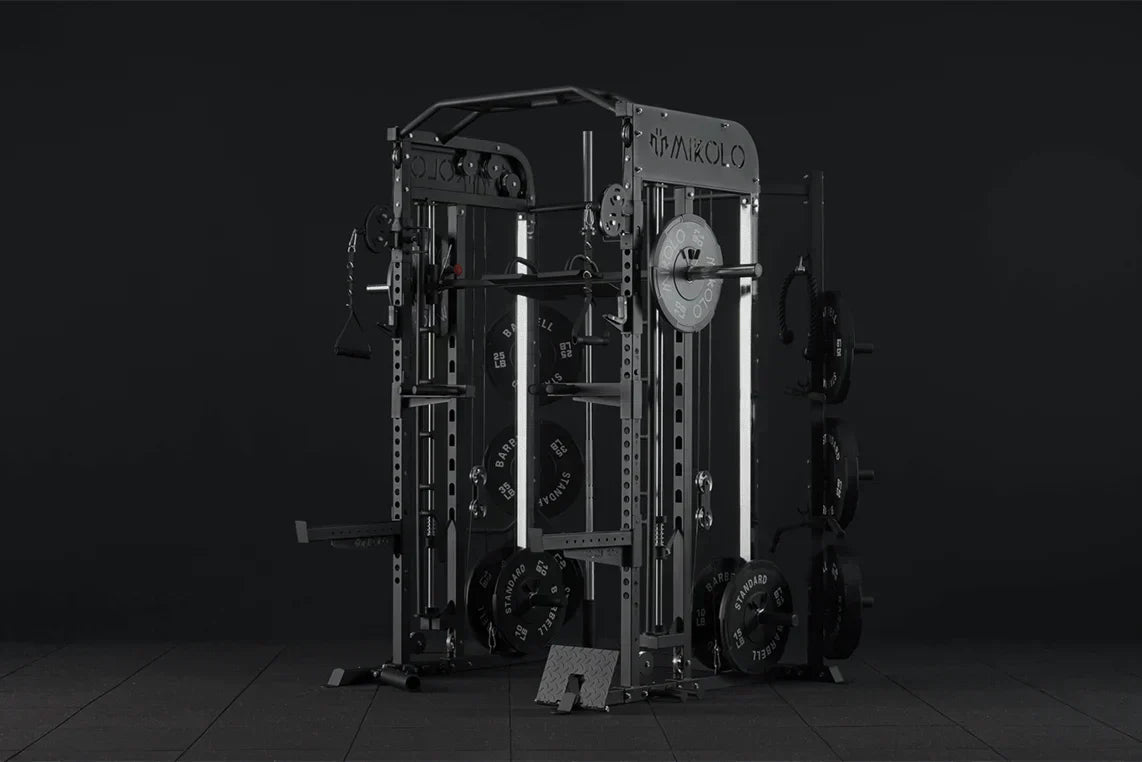
Leave a comment
This site is protected by hCaptcha and the hCaptcha Privacy Policy and Terms of Service apply.